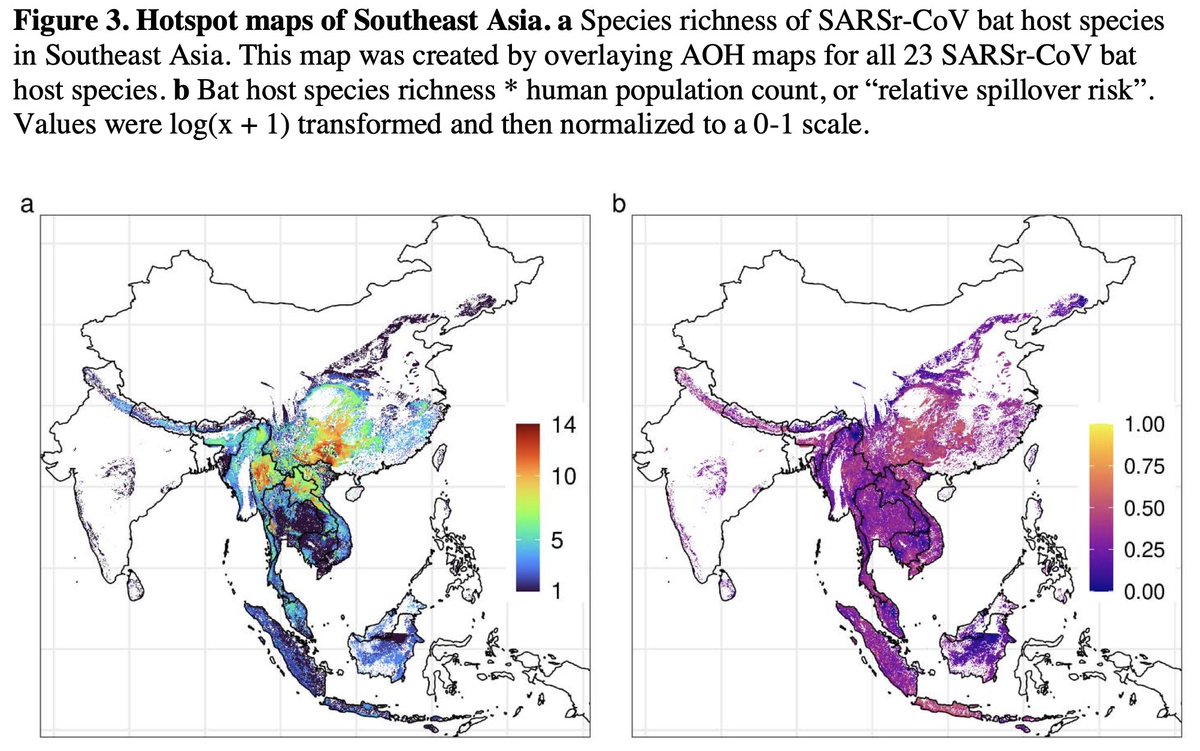
"Today, the #DRC declared an outbreak of meningitis in the north-eastern Tshopo Province, with 261 suspected cases and 129 deaths reported”, @DrTedros says at start of @WHO presser.
A reminder that #covid19 "is far from the only health threat to which WHO is responding”, he says
A reminder that #covid19 "is far from the only health threat to which WHO is responding”, he says
@DrTedros @WHO "Over 50,000 people have died with #COVID19 every week since October last year and for the past month, deaths have remained at almost 70,000 a week”, says @DrTedros.
Solutions to save lives are there, he says, “but those solutions are not being used well nor shared well."
Solutions to save lives are there, he says, “but those solutions are not being used well nor shared well."
@DrTedros @WHO "Some countries with the highest vaccine coverage are now seeing a decoupling of #COVID19 cases and deaths, which is allowing them to reopen their societies without their health systems being overwhelmed”, says @DrTedros.
@DrTedros @WHO "Globally, 5.5 billion #COVID19 vaccine doses have now been administered, but 80% have been administered in high- and upper-middle income countries”, says @DrTedros.
"There has been a lot of talk about vaccine equity, but too little action."
"There has been a lot of talk about vaccine equity, but too little action."
@DrTedros @WHO “High-income countries have promised to donate more than a billion doses but less than 15% of those doses have materialized”, says @DrTedros.
"We don't want any more promises. We just want the vaccines."
"We don't want any more promises. We just want the vaccines."
@DrTedros @WHO .@DrTedros reiterates his call for a moratorium on booster doses and extends it until the end of the year (originally it was end of September):
“For now, we do not want to see widespread use of boosters for healthy people who are fully vaccinated."
“For now, we do not want to see widespread use of boosters for healthy people who are fully vaccinated."
@DrTedros @WHO "We have been calling for vaccine equity from the beginning, not after the richest countries have been taken care of”, says @DrTedros.
Low-income countries are not lower priority. "Their health workers, older people, and other at risk groups have the same right to be protected"
Low-income countries are not lower priority. "Their health workers, older people, and other at risk groups have the same right to be protected"
@DrTedros @WHO Q: moratorium does not seem to have worked so far. What makes you think it will work this time?
“There was quite a lot of backing from the public”, says Bruce Aylward. Countries have also come to discuss the moratorium, he says. “It is causing countries to pause and think.”
“There was quite a lot of backing from the public”, says Bruce Aylward. Countries have also come to discuss the moratorium, he says. “It is causing countries to pause and think.”
@DrTedros @WHO Aylward notes new COVAX supply forecast released today sees “a 25% reduction in the number of doses that will go through COVAX without urgent action by the world's G20 countries as the Director General has said, and most importantly by the manufacturers and sellers."
@DrTedros @WHO To get the whole world to 40% coverage requires 2 billion doses, says Aylward.
Global production is currently 1.5 billion doses A MONTH!
"The absorptive capacity of the world is less than a billion right now, because of what high income upper middle income countries can do."
Global production is currently 1.5 billion doses A MONTH!
"The absorptive capacity of the world is less than a billion right now, because of what high income upper middle income countries can do."
@DrTedros @WHO "The Delta variant will not be the last variant of concern that you'll hear us talking about”, says @mvankerkhove.
(To which I can only say: Yes!
But also: Nooooo...)
(To which I can only say: Yes!
But also: Nooooo...)
@DrTedros @WHO @mvankerkhove “We have to remain vigilant and do what we can to not only get vaccine equity around the world, but to ensure that we stop this virus from circulating as much as we possibly can”, says @mvankerkhove.
• • •
Missing some Tweet in this thread? You can try to
force a refresh





